This great quantity of birds has generated over the years a thick layer of guano over the Ballestas Islands, which was harvested in the 19th century as a fertilizer and became one of Peru´s most important exportations. Today the island’s guano represents only a minor economic resource.
The wealth of the avian fauna is linked to the intense concentration of fish in the waters of coastal Peru, itself due to the Humboldt Current, whose cold waters make their way up the coast of South America from the Antarctic. Due to the incredible wealth of its fauna, the Ballestas islands are sometimes nicknamed the Galapagos of Peru.
The excursion to the Ballestas Islands leaves in the morning from the Paracas port, and lasts around 2 hours. Apart from the sea lions and marine birds, one can also spot the occasional dolphin!
However, it´s important to remember that the Pacific coast is bathed in cold waters, and swimming is only recommended in summer, from December to March. The best Peruvian beaches remain without a doubt those of Mancora and Punta Sal, in the extreme northern region of Peru, where the temperature of the water is much more pleasant.
Another excursion which could be of interest is the trip through the Paracas National Reserve. This half-day excursion will take you through the desert scenes of the Paracas peninsula, with its cliffs, beaches and fauna, specifically the flamingo which make a stop here during their migration. The excursion includes a visit to the Tello museum, with its exhibits on the ancient culture of Paracas, recognized for the beauty of its textiles.
Paracas also offers the option of an adventure excursion through the desert onboard a sand buggy. This excursion lasts around 3 hours and boasts some stunning landscapes, with a definite Sahara feel to its oasis and sand dunes, where you will also be able to try out sandboarding: a thrilling experience!
Discover Paracas in pictures:
More information:
- Altitude: 16 feet.
- Climat: Mild and cloudy, but without any rain from April to December. Warm and sunny from January to March.
Maximum daytime temperatures (monthly average):
- Summer: (December to March): 29ºC / 84 ºF
- Winter (June to September): 21ºC / 70 ºF
Minumum nighttime temperature (monthly average):
- Summer: (December to March): 20ºC / 68ºF
- Winter (June to September): 14ºC / 57ºF
- Paracas doesn’t have a commercial airport. Access is by road only.
By road:
- from Lima: by bus or private vehicle, 3-4 hours.
- from Nasca: by bus or private vehicle, 3 hours
- from Ica: by bus or private vehicle: 1 hour
- Santa María, 2*
- La Posada del Emancipador, 3* standard
- San Agustín Paracas, 3* superior
- Hacienda Paracas, 5*



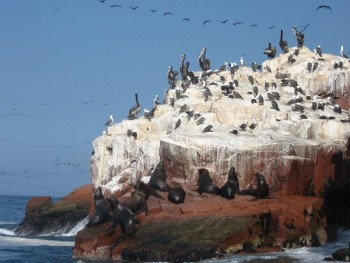



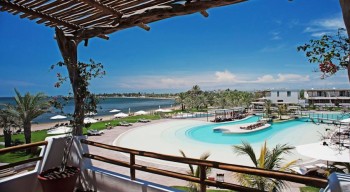
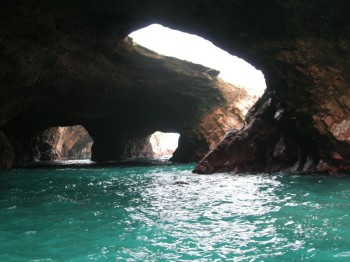
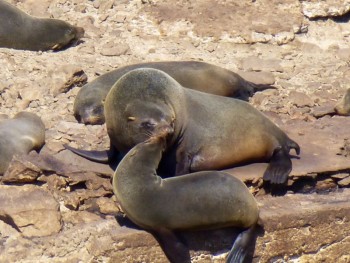


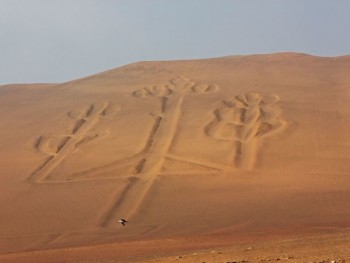
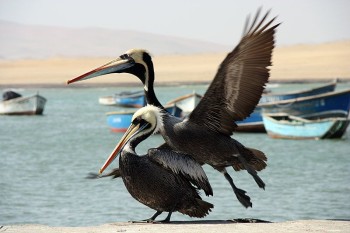
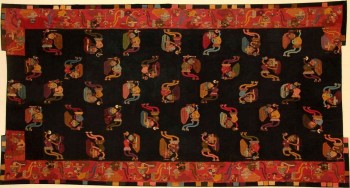


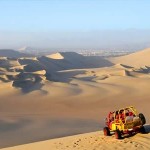

Follow us!